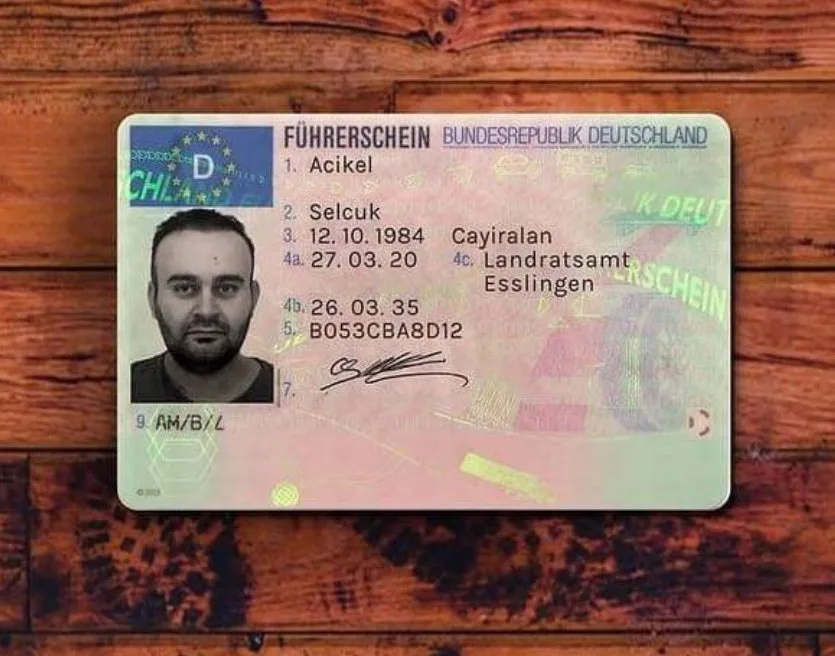The 12 Most Popular Learn To Drive Without A Test Accounts To Follow On Twitter

Finding out to Drive Without a Test: Exploring Alternative Courses in Driver Education
In a period where convenience and development dominate the landscape of education and skills acquisition, the standard model of learning to drive-- finishing a strenuous test to make a driver's license-- has actually come under examination. For many, the process of getting behind the wheel, studying hard, and passing both a composed and useful driving test can be intimidating. Nevertheless, emerging patterns and alternative techniques to driver education recommend that there might be ways to find out to drive without feeling the pressure of an official testing environment.
Understanding the Traditional Model
Generally, making a driver's license requires prospective motorists to undergo a series of tests developed to evaluate understanding and practical skills. These include:
Composed Test: This evaluates understanding of the rules of the road, traffic signals, and safe driving practices.
Practical Driving Test: Applicants should demonstrate their ability to run an automobile securely and in accordance with traffic laws.
While this model guarantees that all motorists satisfy a minimum standard of skills, it can be a source of stress for many learners. The fear of failure, combined with the logistics and cost associated with testing, can deter people from obtaining their license completely.
Alternative Methods of Learning to Drive
Driving School Innovations: Many driving schools have actually begun to provide more customized education programs that enable trainees to find out at their own speed. These programs typically consist of one-on-one guideline with certified driving instructors who focus on building self-confidence rather than pressing students to pass a test. Some modern driving schools even integrate online modules where students can study the rules of the road in a more unwinded setting before stepping into the car.
Simulated Driving Experiences: Advances in innovation have caused the production of advanced driving simulators. These can offer valuable experience without the danger of mishaps. Learners can practice their abilities in various weather, traffic situations, and driving circumstances that they might not come across in normal driving classes. This hands-on technique to learning can improve a trainee's skills and confidence behind the wheel.
Peer-to-Peer Learning: Informal driving practice with good friends or member of the family can likewise function as a feasible option to traditional techniques. While this approach does not totally remove the requirement for official testing, it enables people to get convenience and experience behind the wheel without the anxiety of a main examination. Friend or family can supply assistance and feedback, making the learning procedure less intimidating and more supportive.
Versatile State Regulations: Some regions are starting to reassess their necessary testing policies, specifically for particular demographics, such as veterans or people with impairments. These changes reflect a growing recognition that life experiences and driving habits may not always line up with conventional testing standards. Advocacy for a more holistic method to examining driving proficiency is becoming a topic of conversation in numerous legal circles.
Personal Certifications: In specific places, people may explore options that focus more on mentorship and much safer driving behavior instead of standard tests. Accreditation through community programs or recognized organizations that endorse experiential knowing might encourage safe driving while bypassing the standard testing route.

The Benefits and Drawbacks
While learning to drive without an official test provides numerous potential advantages-- such as reducing stress, cultivating a more inclusive environment for students, and focusing on skills over testing anxiety-- it also raises concerns. Critics argue that removing official evaluations could lead to inconsistencies in driver readiness, possibly jeopardizing roadway safety.
Moreover, conventional testing serves not only as an evaluation of abilities, however as a standardized criteria that makes sure all chauffeurs possess the required understanding to navigate the roads safely.
Conclusion
The landscape of driver education is evolving. As alternative methods of discovering to drive gain traction, striking a balance between flexibility and security is vital. While it is clear that there are avenues for learning to drive without the pressure of an official test, ensuring that all chauffeurs maintain a high requirement of security should stay a concern. In begleitetes fahren kaufen , we may see more customized methods to driver education that accommodate numerous discovering styles, ultimately causing safer, more confident drivers on our roads.
